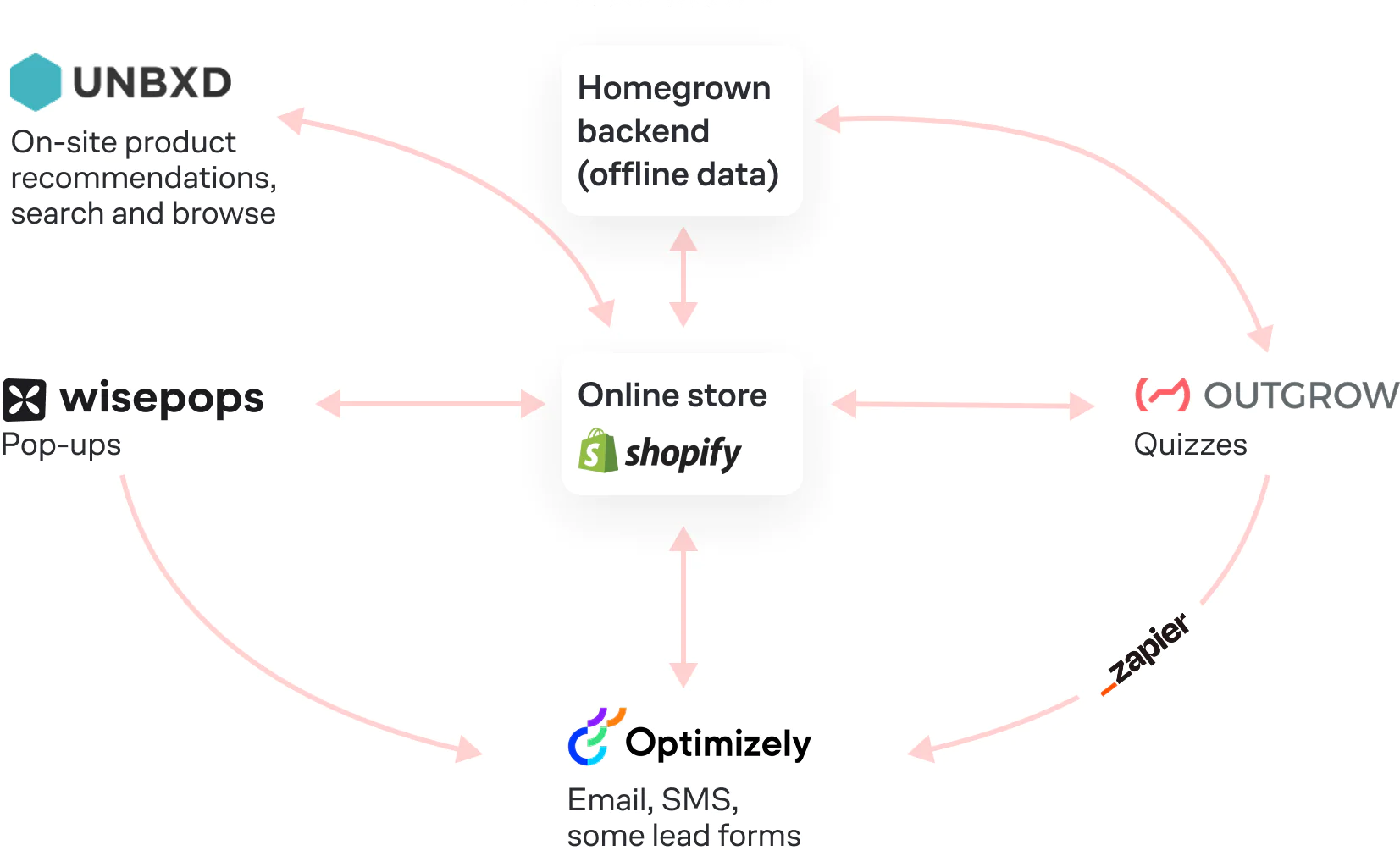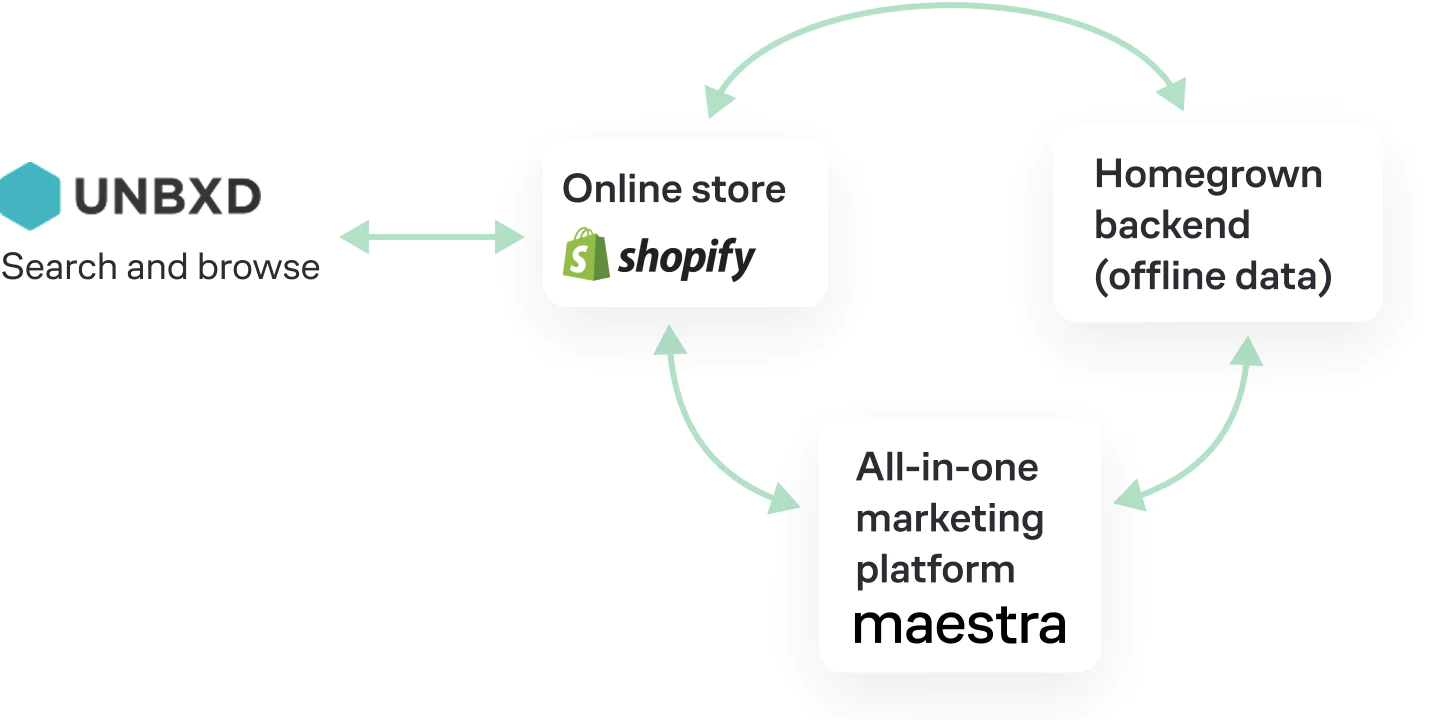Learn how to effectively pitch marketing technology investments to stakeholders by speaking their language, creating visual explanations, leveraging vendor resources, and presenting clear financial benefits.
April 10, 2025
4 Proven Ways to Get Buy-In for Marketing Tech Investments (and Beyond)
Question
I found a marketing platform that would be perfect for us, but I need to get approval from finance, IT, and my CEO — all of whom have different concerns. Finance wants to see ROI, IT is worried about security, and my CMO just wants to know it’ll actually work.
How do I pitch a new marketing tool when every stakeholder speaks a different language?
How do I pitch a new marketing tool when every stakeholder speaks a different language?
Answer
You need to tailor your pitch to each stakeholder — and get them involved early so they feel ownership over the decision.
When making the case for marketing tech investments, focus on these four key strategies:
- Speak Each Stakeholder’s Language: Tailor your message to what matters most to each decision-maker. Map out the approval process early and involve key stakeholders in collaborative evaluation
- Create Simple, Visual Explanations: Break down complex marketing concepts with side-by-side comparisons and clear performance outcomes. Visual explanations make a big difference
- Leverage Your Vendor’s Resources: Take advantage of stakeholder-specific materials, relevant case studies, customized ROI calculations, and implementation details to address concerns from different departments
- Present Clear Financial Benefits: Show a full picture of costs and returns, highlighting revenue increases from better conversion rates, time saved through automation, tool consolidation benefits, and reduced need for outside agency support
1. Speak Each Stakeholder's Language
Different departments have different priorities. When presenting a marketing innovation, tailor your message to what matters most to each decision-maker.
Your tech people will grasp emerging technologies and new applications a lot faster, but the gatekeepers focused on pricing and P&L have different concerns. This diversity of perspective is actually an advantage—each stakeholder brings expertise that ensures the final solution is both technically sound and financially viable.
It’s completely normal for an accounting executive or operations leader to be unfamiliar with marketing technology. Their focus lies elsewhere, and acknowledging that upfront helps you craft a more compelling pitch.
What to Do:
- Conduct stakeholder interviews. Have informal conversations with key decision-makers to understand their perspective on current marketing performance, challenges, and the outcomes that matter most to them
- Map the approval landscape. Identify all departments involved in sign-off. If security approval is needed, schedule a pre-meeting to understand compliance requirements early
- Involve stakeholders from day one. Instead of building a solution in isolation, invite key decision-makers to help shape the plan. Show how your improved marketing stack supports their goals.
- Create a collaborative evaluation process. Encourage stakeholders to join vendor demos or pilot programs. When they take part in evaluating solutions, they’re more invested in the final decision.
2. Create Simple, Visual Explanations
Complex marketing concepts are much easier to grasp when broken down into visual comparisons with concrete outcomes.
I kept things as simple as possible. When pitching an A/B testing tool, I mocked up two versions of our homepage—each with a different button color—and showed the impact: +5% CVR, +10% CVR. Then I said, ‘This is what this tool does. Now imagine applying it across the entire website.’
Visual demonstrations help stakeholders understand the real-world impact of a solution—even if they don’t have a technical background. Side-by-side comparisons that show performance differences communicate value in a way that technical specs alone can’t.
For example, Furniture Fair consolidated its marketing stack into a more affordable single-window system. A simple before-and-after illustration of the old versus new setup made it easy for non-technical managers to immediately see the benefits.

Marketing stack before consolidation

Marketing stack after consolidation
3. Leverage Your Vendor's Resources
Your vendor can help make the case for your investment by providing stakeholder-specific materials and guidance.
It’s helpful to have follow-up material that explains how to present the solution to the broader team. If your security team has concerns or your finance department needs specific ROI projections, your vendor should be able to provide tailored resources to address those needs.
A reliable vendor understands that different decision-makers require different information.
Their willingness to help you build your internal case is also a good indicator of how supportive they’ll be after implementation.
Practical Approaches:
- Request relevant case studies. Ask for examples that mirror your company’s goals
- Ask for customized ROI calculations. Have the vendor use your specific metrics so finance teams can see tangible projections
- Obtain clear implementation details. Show operations teams what the rollout process looks like, including timelines and resource needs
- Arrange cross-team discussions. Connect your IT team with the vendor’s technical experts to address security and compliance concerns
4. Present Clear Financial Benefits
Financial impact isn’t just about upfront cost—it’s about the full picture of costs and returns.
Sometimes the financial argument is what ultimately wins approval. Once, when I migrated to a new platform, I knew it was the right move for many reasons, but the deciding factor was that it saved us $5,000 a month.
Beyond immediate subscription, consider how the investment impacts:
- Revenue growth through improved conversion rates
- Time savings from automation and more efficient workflows
- Tool consolidation that cuts down the overall tech budget
- Reduced reliance on agency support by strengthening in-house capabilities
When you consolidate a few platforms, you’ll often find that the new solution costs less than what you’re paying now. Cutting down on multiple tools doesn’t just save money—it also simplifies your processes.
Moving Forward with Confidence
As you champion marketing innovation, keep these key principles in mind:
- Build consensus by involving stakeholders early
- Translate marketing benefits into language that resonates with different departments
- Lean on your vendor to help address internal questions and concerns
- Present clear financial and operational advantages
Your efforts to bring in the right tools matter. By thoughtfully guiding stakeholders through a well-structured approval process, you’ll help secure solutions that elevate your company’s marketing performance.
Looking for a marketing platform that delivers results? Be sure to schedule a demo with Maestra to see how our all-in-one solution can streamline your marketing operations while providing the ROI data you need to secure stakeholder buy-in.


